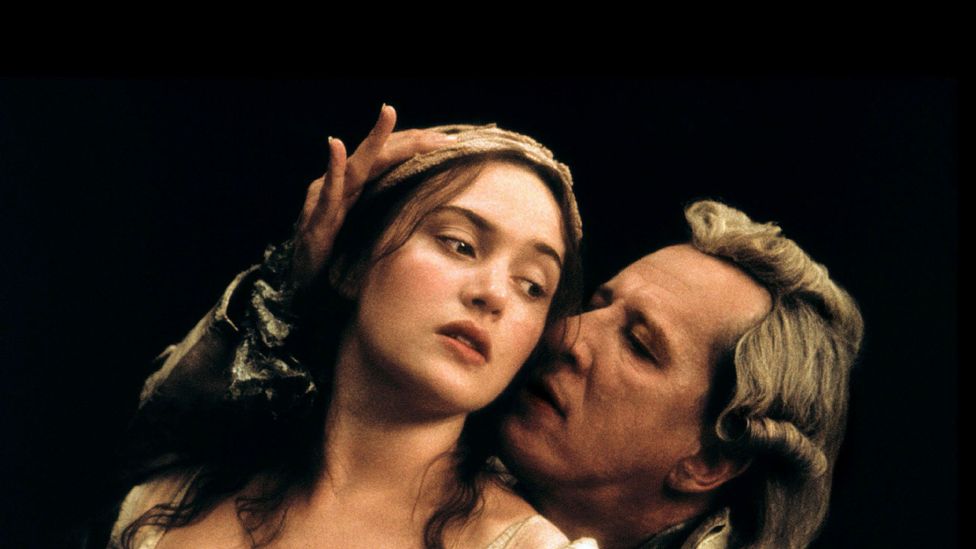
Donatien Alphonse François, Marquis de Sade (2 June 1740 – 2 December 1814), was a French writer, libertine, political activist and nobleman. Sade was born in the Hôtel de Condé, Paris, the only surviving child of Jean-Baptiste François Joseph, Count de Sade and Marie-Eléonore de Maillé de Carman. The Sade family was of the provincial nobility dating to the 13th-century. Sade’s mother was from a junior branch of the house of Bourbon-Condé and therefore Sade was related to the King of France by blood.
Sade and his family were soon abandoned by his father. He was raised by servants who indulged “his every whim”, which led to his becoming “known as a rebellious and spoiled child with an ever-growing temper.” After an incident in which he severely beat Louis Joseph, Prince of Condé, six-year-old Sade was sent to live under instruction of his uncle, the Abbé de Sade, who “introduced him to debauchery”. Shortly thereafter, his mother—already distant and cold to her son—abandoned him, joining a convent.

Later in his childhood, ten-year-old Sade was sent to the Lycée Louis-le-Grand in Paris, a Jesuit college, for four years. While at the school, he was tutored by Abbé Jacques-François Amblet, a priest. Later in life, at one of Sade’s trials the Abbé testified, saying that Sade had a “passionate temperament which made him eager in the pursuit of pleasure” but had a “good heart.” At the Lycée Louis-le-Grand, he was subjected to “severe corporal punishment,” including “flagellation,” and he “spent the rest of his adult life obsessed with the violent act.
At age 14, Sade began attending an elite military academy. After twenty months of training, on 14 December 1755, at age 15, Sade was commissioned as a sub-lieutenant, becoming a soldier. After thirteen months as a sub-lieutenant, he was commissioned to the rank of cornet in the Brigade de S. André of the Comte de Provence’s Carbine Regiment. He eventually became Colonel of a Dragoon regiment and fought in the Seven Years’ War. In 1763, on returning from war, he courted a rich magistrate’s daughter, but her father rejected his suitorship and instead arranged a marriage with his elder daughter, Renée-Pélagie de Montreuil; that marriage produced two sons and a daughter. FULL BIO AT WIKI
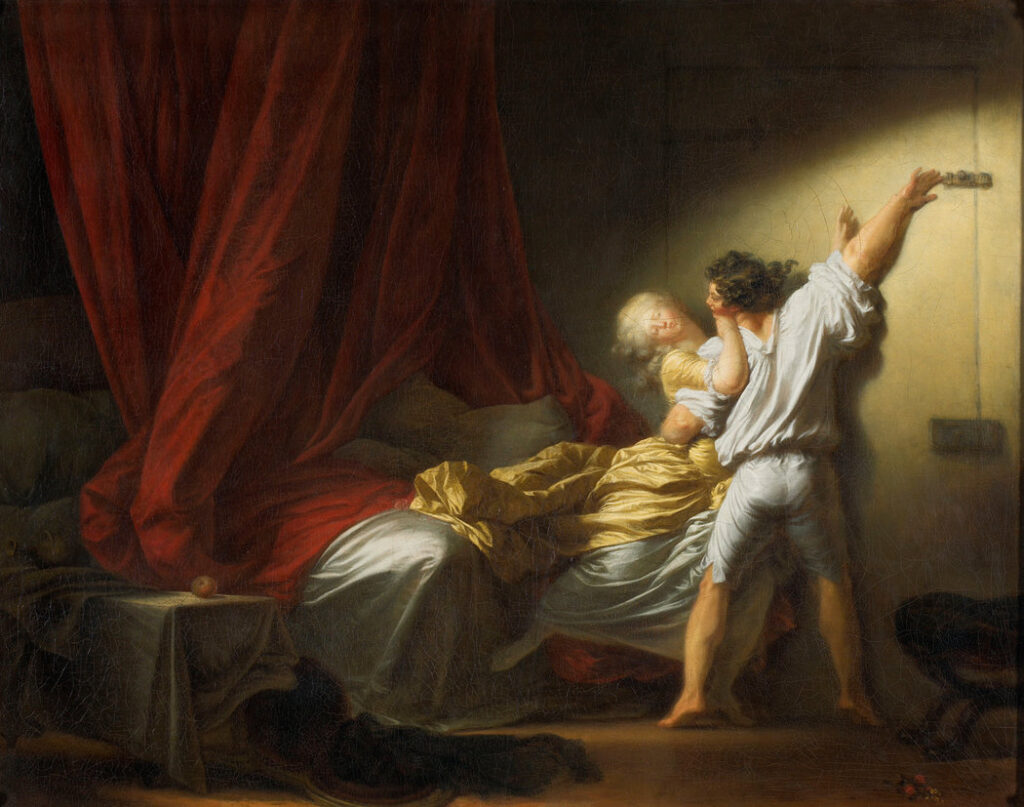
In 1766, he had a private theatre built in his castle, the Château de Lacoste, in Provence. In this castle he experimented with sodomy from 1768 till 1800. Before his final arrest he published several of his books which are now classics. Sade’s fiction has been classified under different genres, including pornography, Gothic, and baroque. Sade’s most famous books are often classified not as Gothic but as libertine novels in which major works include “Justine, or the Misfortunes of Virtue; Juliette; “The 120 Days of Sodom”; and “Philosophy in the Bedroom”. These works challenge traditional perceptions of sexuality, religion, law, age, and gender. His fictional portrayals of sexual violence and sadism stunned even those contemporaries of Sade who were quite familiar with the dark themes of the Gothic novel during its popularity in the late 18th century. Sade also wrote short fiction books like The Crimes of Love and Gothic Tales. His works include novels, short stories, plays, dialogues, and political tracts.

Sade is best known for his erotic works, which combined philosophical discourse with pornography, depicting sexual fantasies and imprisonment for sex crimes and blasphemy. He was revolutionary, politician, philosopher and writer famous for his literary depictions of a libertine sexuality. In his lifetime some of his works were published under his own name while many other works appeared anonymously. Many of the characters in his works are teenagers or adolescents. He was a proponent of absolute freedom, unrestrained by morality, religion, or law. Contemporary critics were generally hostile to Sade’s works and it hostility towards his works continued throughout the 19th-century. The French historian called Sade the “professor emeritus of crime.” Although writers such as Baudelaire, Flaubert, Stendhal, Byron and Poe expressed admiration for Sade’s work. Simone de Beauvoir called it “unreadable” and wrote that his value is making us rethink “the true nature of man’s relationship to man.
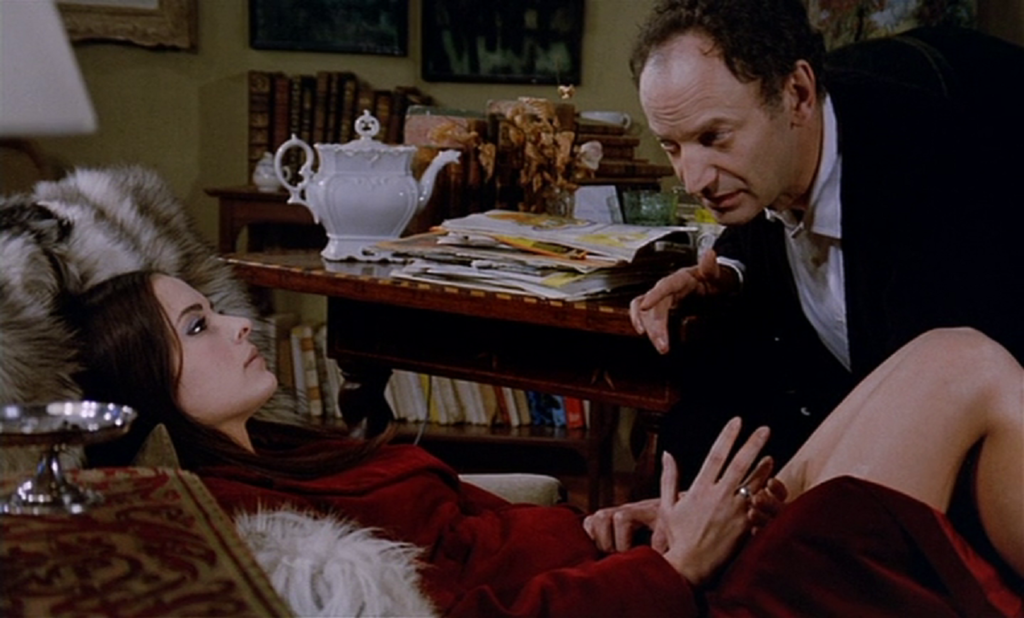
When Sade’s work became available in America, Britain and France in the 1960s, critical interest in Sade accelerated. In 1971, Roland Barthes published an influential textual analysis, Sade, Fourier, Loyola, which largely resisted psychological, social and biographical interpretations of his work. A number of prominent female commentators have praised Sade. Angela Carter, writing in 1978, argued that Sade put pornography in the service of women by claiming rights of free sexuality for them and depicting them in positions of power. Camille Paglia, writing in 1990, presented Sade as a rigorous philosopher of power relationships and sexuality who was undervalued in American academia because his emphasis on violence was difficult to accept. “Sade speaks with the loudest voice to our time…for it is our age that has had to live the truths he revealed…It is in the twentieth century that the failure of rationalism, revealed in history and psychology, has plunged our arts and often our acts into the absurd of nihilism, wrote a Crocker.

After world war-2 Sade’s works attracted increasing interest from intellectuals such as Georges Bataille, Michel Foucault, Camille Paglia, Gills Deleuze, Félix Guattari and others as an early thinker on issues of sexuality, the body, transgression and nihilism. The serious debate began and his work is now seen as a unique philosophical break and more radical than Kant. Sade’s life and work became popular in early 20th-century, particularly among artists interested in the themes of freedom and human sexuality. Surrealists artists, poet and photographers such as Breton, Eluard, Man Ray, Salvador Dalí, Louis Bunuel and many others represented Sade and Sadeian themes in art and film.
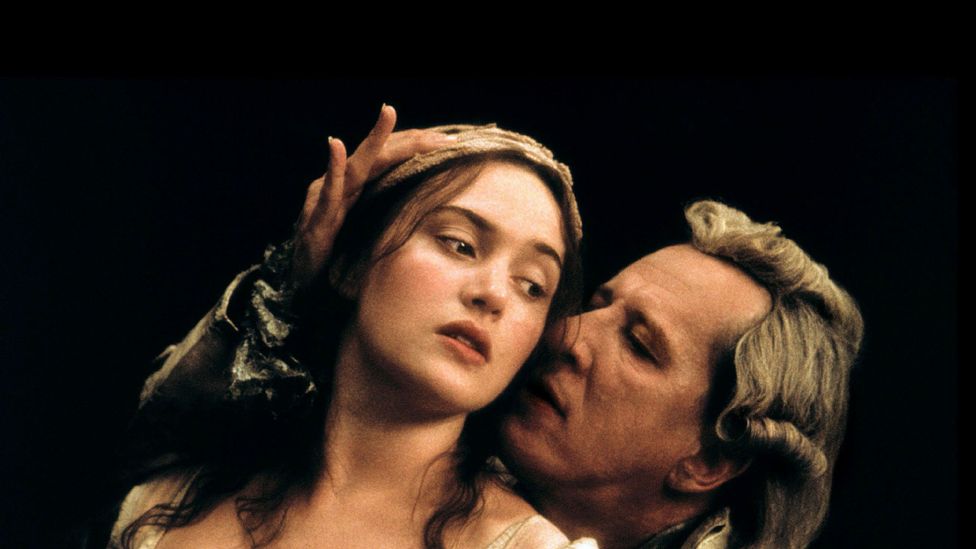
Sade’s influence on the arts continued after World War II and many films and plays were made on him and his works : Marat/Sade (Peter Weiss, 1964 play), Madame de Sade (Mishima, 1965), and the films Salò (Pasolini, 1975) and Quills (Kaufman, 2000), Sade (2000), De Sade (film 1969), Eugénie de Sade (1973), Eugenie… The Story of Her Journey into Perversion(1970), Marat/Sade (film 1967),Marquis de Sade: Justine( 1969), Marquis (film 1989) and few other movies.
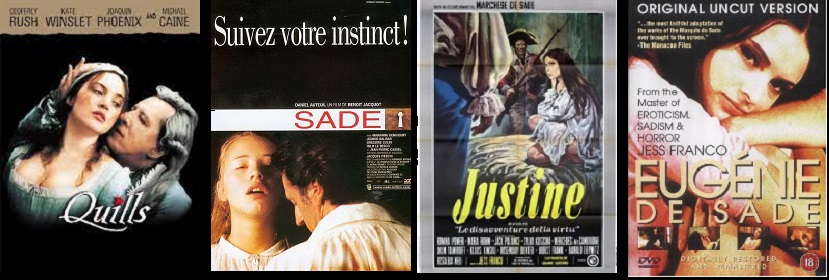
De Sade’s major Work –
Justine and Juliette Series-
1-Justine (Les Infortunes de la vertu, novel, 1st version of Justine, 1787, pub. 1930)
2-Justine, or Good Conduct Well-Chastised (Justine ou les Malheurs de la vertu, novel, 2nd version of Justine, 1788, pub. 1791)
3-One hundred and eleven notes on the New Justine (1791)
4-The New Justine (La Nouvelle Justine, ou les Malheurs de la vertu, novel, 3rd version of Justine, pub. 1797–1801 with Juliette) – untranslated as of yet
5-Juliette, or Vice Amply Rewarded (Histoire de Juliette, ou les Prospérités du vice, novel, sequel of La Nouvelle Justine, pub. 1797–1801)
6-Juliette et Raunai, ou la Conspiration d’Amboise, nouvelle historique published in Les Crimes de l’amour, Nouvelles héroïques et tragiques, novellas, pub. 1800) – untranslated as of yet
Novels and novella-
1-Dialogue Between a Priest and a Dying Man (Dialogue entre un prêtre et un moribond, 1782, pub. 1926)
2-The 120 Days of Sodom, or the School of Licentiousness (Les 120 journées de Sodome, ou l’École du libertinage, 1785, pub. 1904)
3-Dorci, ou la Bizarrerie du sort (novella, 1788, pub. 1881)
4-Aline and Valcour (Aline et Valcour, ou le Roman philosophique, epistolary novel, 1788, pub. 1795; English translation pub. 2019)
5-Philosophy in the Bedroom (La Philosophie dans le boudoir, novel in dialogues, pub. 1795)
6-La Marquise de Gange (1807–1812, pub. 1813)
7-Adélaïde de Brunswick, princesse de Saxe (1812, pub. 1964) See full list here
Birth Chart of De Sade-












